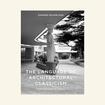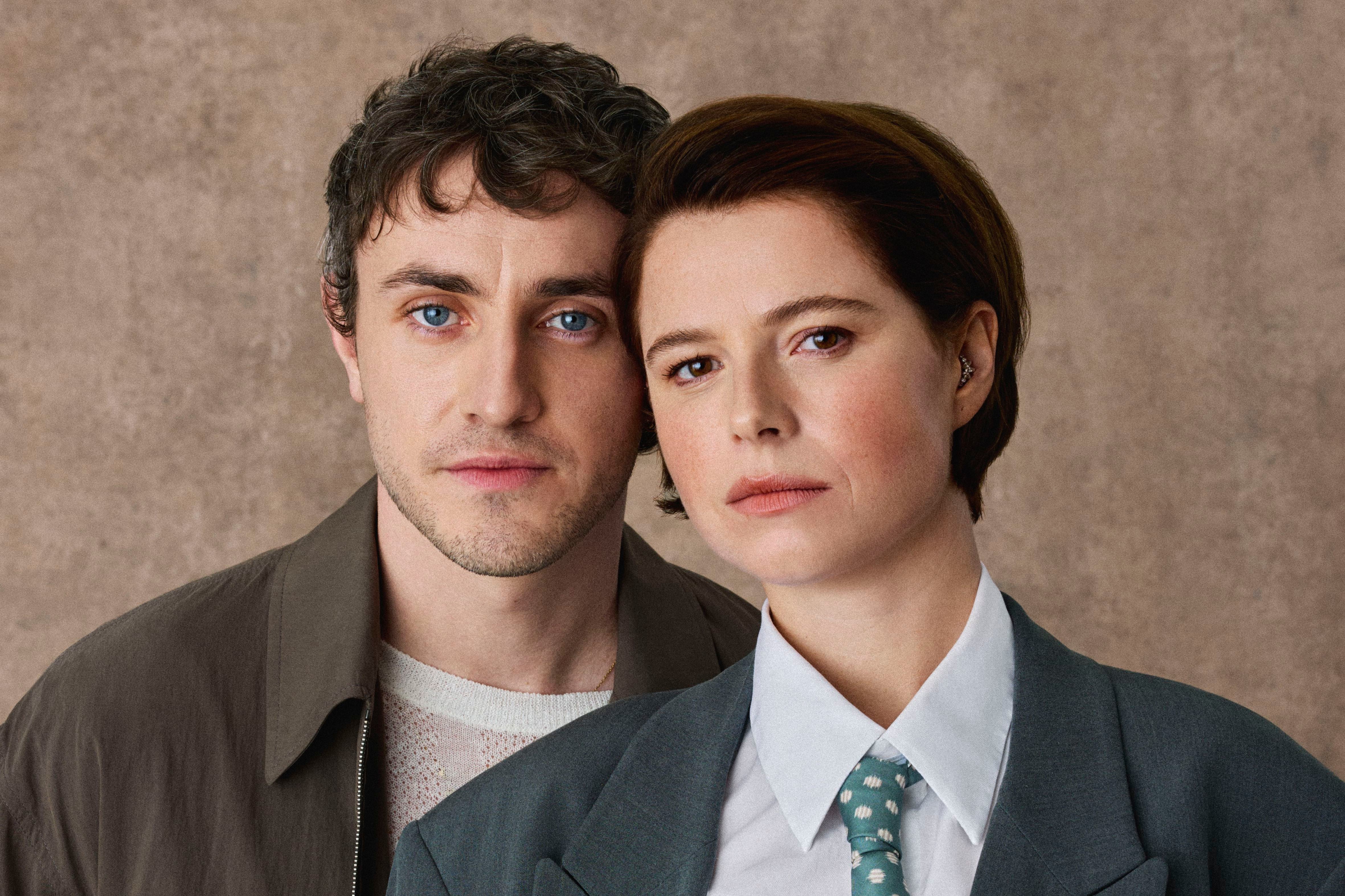
Most tourists marvelling at the monumental relics of ancient Greece or Rome, from the Parthenon to the Pantheon, haven’t got a clue about the classical orders of architecture as they take photographs or pose for selfies in front of ancient columns: Doric, Ionic, Corinthian or Tuscan, it’s all Greek to them.
Edward McParland is on a mission of enlightenment with this book, drawing on his decades of art history research and teaching at Trinity College Dublin and also his travels, especially in Italy. Its subtitle, “From Looking to Seeing”, sums up what he has set out to do: to make people see what they’re looking at.
His erudite, magisterial yet highly accessible survey focuses on how the classical architecture of antiquity was adopted — and cleverly adapted — during the Renaissance by such masters of art and technique as Brunelleschi, Bramante, Michelangelo and Palladio, and later by Wren, Pearce, Chambers, Gandon, Soane and Lutyens.
Were all of these architects merely rehashing the past by shamelessly plagiarising its canons? On the contrary, as McParland convincingly shows, their work was marked by ingenious innovation in the range of its expressiveness, “from the camp to the sublime”, proving that classicism truly became a “living system”.
READ MORE
He looks at how the sculpted human body has been used since ancient times to hold up parts of buildings, exemplified by the graceful caryatids in place of columns on the Erechtheion in Athens and Snow White’s seven dwarfs supporting the pediment of Michael Graves’ postmodern Disney HQ in Los Angeles.
[ Mother Naked: Dazzling work of speculative fiction set in 15th centuryOpens in new window ]
The heart of the book is its stunning variety of illustrations, of which there are no less than 300 — all usefully captioned for ease of understanding. Comparisons abound, including the little-known Dublin architect Joseph Jarratt, whose chancel in St Werburgh’s Church is seen to surpass Vignola’s Villa Giulia in Rome.
McParland examines how lettering was applied to classical buildings and how they are represented in paintings of the Old Masters. The historical value of graffiti is also acknowledged in a photograph of inscriptions etched in the parapet of Pont du Gard, the 1st century Roman aqueduct, by stonemasons on a day out in 1839.
Even The Pogues get an unlikely look-in for the Imperial Roman script used on a poster for their gig at the RDS in December 2008.
Many illustrations are unfamiliar, recording personal observations made by the author over the past 50 years. The book also has a very arresting cover photograph of a replica classical Greek caryatid supporting the canopy of Berthold Lubetkin’s otherwise modernist late-1930s Highpoint II apartment building in Highgate, London.
Looking at the illustrations and reading the captions alone would be an excellent introduction to this eye-opening book, which is the rich and elegant product of Edward McParland’s deep knowledge, brilliant insights and discriminating judgment developed over decades. It is nothing less than a masterpiece of architectural discovery.















